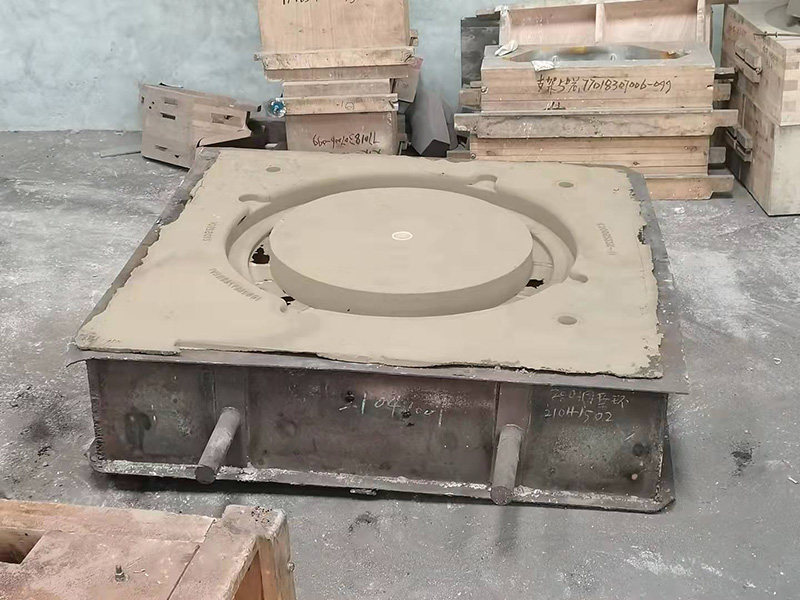Understanding Foundry Sand Its Significance and Applications
Foundry sand, a critical component in the metal casting industry, is a high-quality silica sand that plays an indispensable role in producing metal parts. The unique properties of foundry sand make it suitable for various applications, especially in the manufacturing of complex metal shapes through casting processes. In this article, we will explore the characteristics of foundry sand, its applications, benefits, and environmental considerations.
Characteristics of Foundry Sand
Foundry sand is primarily made of 90-95% silica (SiO2), characterized by its fine grain size, round particle shape, and high refractoriness, which allows it to withstand high temperatures without melting or deforming. The sand's ability to allow gases to escape during the casting process prevents defects and ensures a smooth surface finish on the final product. In addition to silica, foundry sand can also include various additives to enhance its performance, such as clay, which helps bind the grains together and improve the sand’s strength and durability.
Applications of Foundry Sand
Foundry sand is primarily used in the metal casting industry, which produces components for a wide range of applications, including automotive parts, industrial machinery, and consumer goods. The sand is used in several types of casting processes, such as
1. Green Sand Casting This is the most common method, where moist sand is packed around a pattern to create a mold. The moisture activates the clay, which binds the grains together.
2. Core Making Foundry sand is used to produce cores that create internal cavities in castings. Cores can be made from resin-coated sand, offering increased strength and finer detail.
3. Investment Casting While traditional investment casting uses a different type of mold material, modified foundry sand can be employed for certain applications to improve mold stability.
4. Shell Molding This method uses a thin shell of sand bonded with a thermosetting resin to create molds, utilizing foundry sand to achieve high precision in cast parts.
Benefits of Using Foundry Sand
The use of foundry sand offers several benefits, including
what is foundry sand

- Cost-Effectiveness Foundry sand is relatively inexpensive compared to other mold materials, which helps reduce the overall production costs of metal casting.
- Reusability Used foundry sand can often be recycled and reused for multiple casting cycles with proper treatment, thereby minimizing waste and enhancing sustainability.
- Superior Finish Foundry sand provides exceptional surface finishes and dimensional accuracy in cast parts due to its fine texture and excellent molding characteristics.
- Versatility Foundry sand can be adapted for various casting techniques, making it suitable for a diverse range of products and industries.
Environmental Considerations
While foundry sand can be recycled and reused, the disposal of spent foundry sand poses environmental challenges. Traditionally, disposed sand may end up in landfills, leading to concerns about potential contamination and habitat disruption. However, efforts are being made to mitigate these issues
- Recycling Initiatives Many foundries are adopting recycling programs to reclaim sand and use it in alternative applications, such as in construction, land reclamation, and even in agriculture as a soil amendment.
- Regulatory Compliance Industries are increasingly being guided by environmental regulations, ensuring that foundry sand disposal practices are performed responsibly and sustainably.
- Research and Development Ongoing research aims to develop new materials and processes that can further enhance the sustainability of foundry sand use, including exploring bio-based binders and alternative sand materials.
Conclusion
Foundry sand is a vital resource in the metal casting industry, offering numerous advantages that extend beyond mere functionality. Its unique properties facilitate complex manufacturing processes while ensuring high-quality outputs. As industries continue to focus on sustainability, the recycling and responsible management of foundry sand will be integral to minimizing environmental impacts. Overall, understanding and optimizing the use of foundry sand is essential for the future of casting technologies and the broader metalworking industry.
Post time:Ное . 10, 2024 08:25
Next:Understanding the Sand Casting Manufacturing Process for Efficient Production Techniques
